the STEM Process

Designing a STEM project can be a challenging task, especially for those new to the world of Science, Technology, Engineering, and Mathematics. However, with the right guidance and approach, anyone can create an engaging and effective STEM project. In this how-to guide, we will walk you through the process step by step.
Before diving into the steps, let's briefly discuss what a STEM project is. A STEM project is an interdisciplinary learning experience that integrates concepts from science, technology, engineering, and mathematics to solve real-world problems. This hands-on approach encourages critical thinking, creativity, collaboration, and problem-solving skills in students.
The key to designing a successful STEM project lies in following a structured process. One popular method is the Engineering Design Process (EDP), which consists of six steps: Ask, Imagine, Plan, Create, Test and Improve. Let's explore each step in detail.
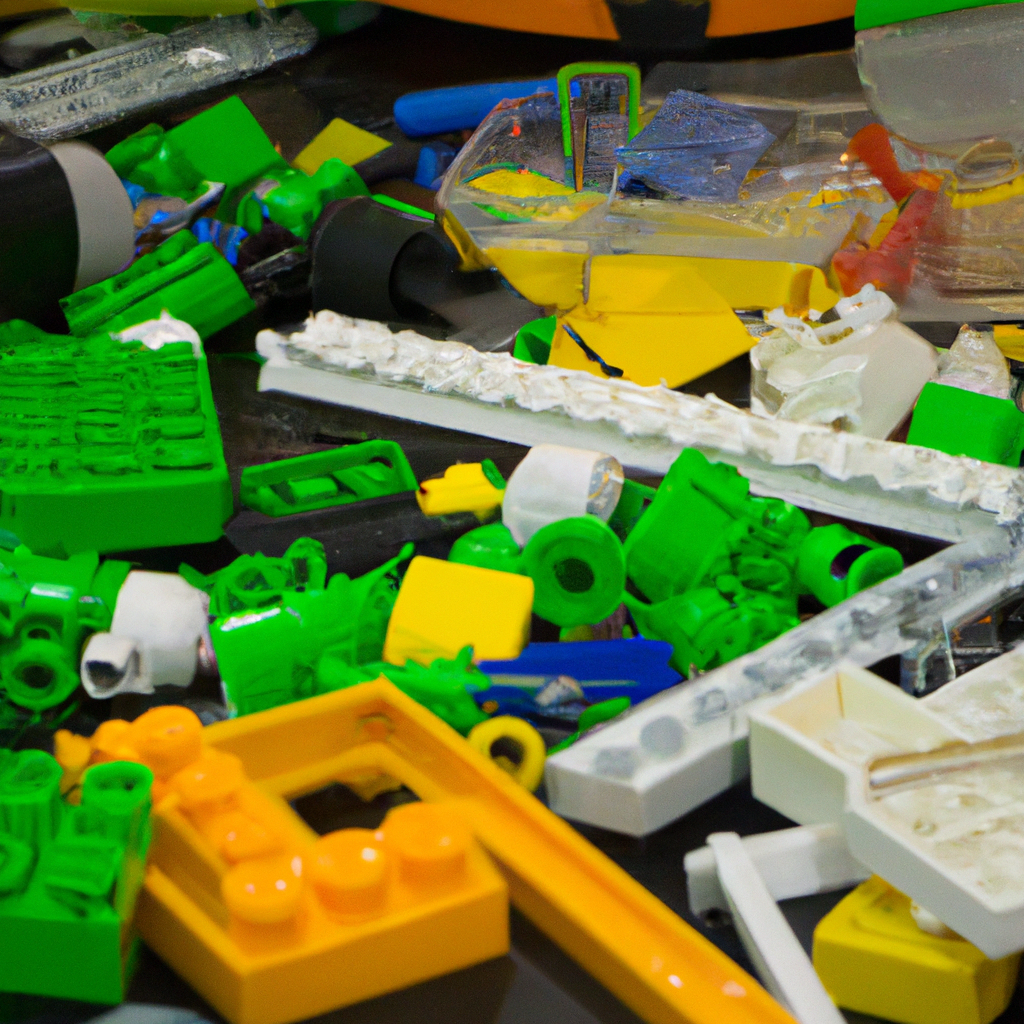
Step 1: Ask - Define the Problem
The first step in designing a STEM project is identifying the problem you want to address. This could be anything from improving energy efficiency in homes to finding ways to reduce plastic waste. Start by brainstorming ideas based on your interests, passions, and current issues that need solutions. The more specific and well-defined the problem, the easier it will be to develop a targeted solution.
Once you have a list of potential problems, narrow it down to one or two that you find most compelling. Research each problem further to understand its scope and impact on society. This will help you make an informed decision about which problem to focus on for your STEM project.
With your chosen problem in hand, create a clear problem statement that summarizes the issue and highlights the goal of your project. This statement should be concise and specific, providing a solid foundation for the rest of your project design.

Step 2: Imagine - Brainstorm Solutions
Now that you've defined your problem, it's time to brainstorm potential solutions. During this step, think creatively and consider various approaches to addressing the issue at hand. There are no wrong answers here – the goal is to generate as many ideas as possible.
As you brainstorm, consider what resources you have available, such as materials, tools, technology, or expert guidance. This will help ensure that your proposed solutions are realistic and achievable within your constraints. It's also helpful to research existing solutions or related projects for inspiration and insight into possible approaches.
After generating a list of ideas, evaluate each one based on feasibility, effectiveness in solving the problem, and alignment with your interests and skills. Select one or more promising solutions to move forward with in the next step of the process.
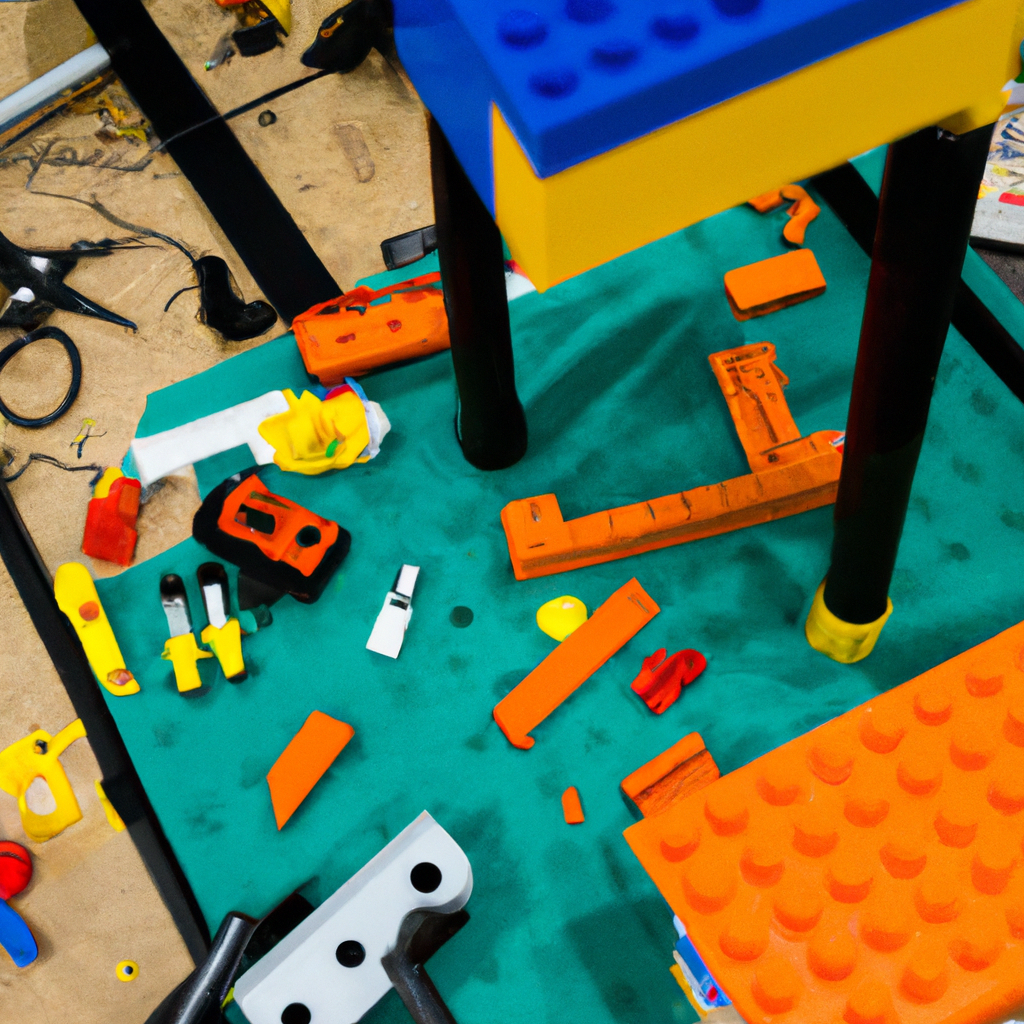
Step 3: Plan - Develop a Project Plan
With your chosen solution(s) in mind, it's time to develop a detailed project plan. This plan should outline the steps you will take to create and test your solution, as well as any resources, materials, or assistance you will need along the way. Consider the following aspects when developing your plan:
- Materials: What materials and tools will you need to build and test your solution? Make a comprehensive list and ensure that they are readily available.
- Timeframe: Estimate how long each step of the process will take and set a realistic timeline for completing your project. Be sure to account for potential setbacks or delays.
- Budget: Determine the costs associated with your project, including materials, tools, and any necessary assistance. Set a budget that reflects these costs and be prepared to adjust if needed.
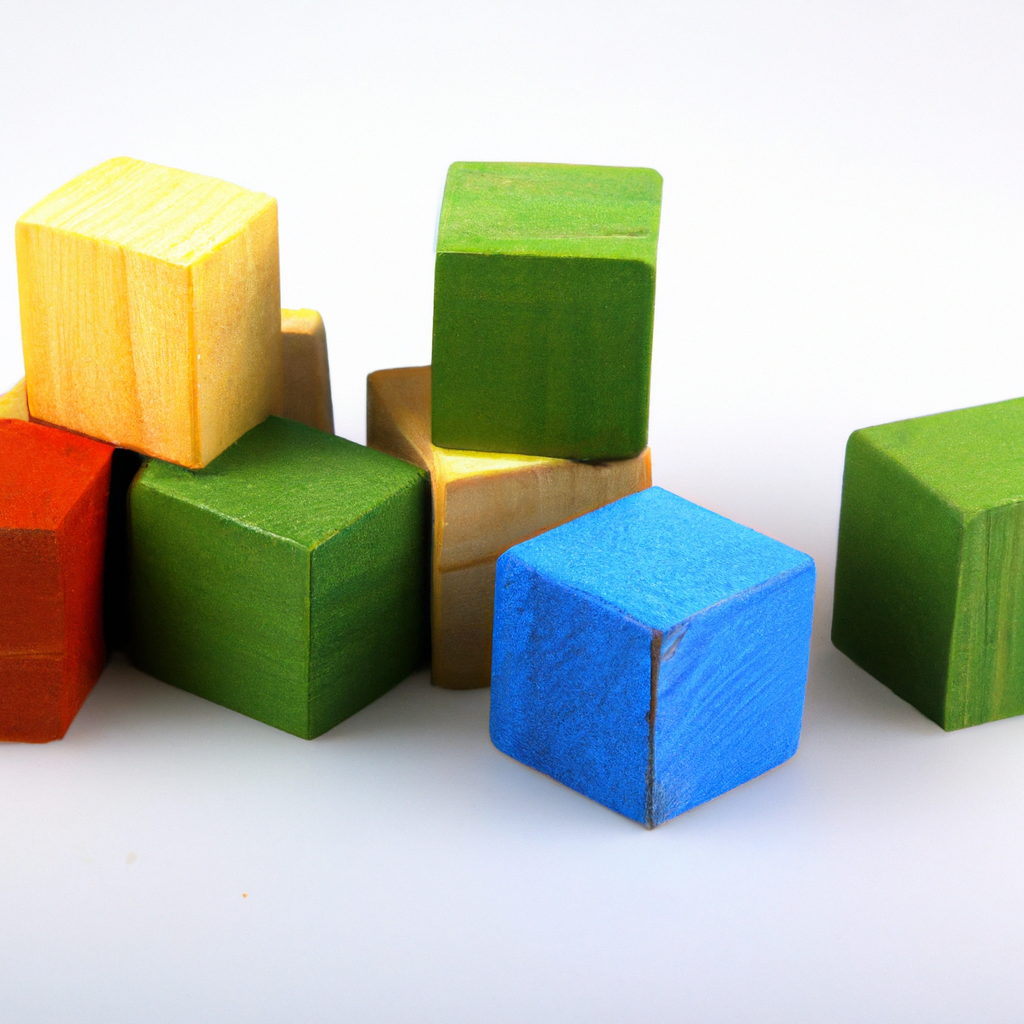
Step 4: Create - Build Your Solution
Now that you have a well-defined plan, it's time to bring your solution to life. Follow the steps outlined in your project plan, making sure to document your progress along the way. This documentation will be helpful when presenting your project or reflecting on the process for future improvements.
As you build your solution, be prepared for challenges and setbacks. Problem-solving is an essential part of the STEM project design process, and overcoming obstacles can lead to valuable learning experiences. Don't be afraid to ask for help or consult resources if you encounter difficulties.
Once your solution is built, take a moment to review and evaluate it against your original goals and objectives. Make note of any areas where improvements can be made before moving on to testing.
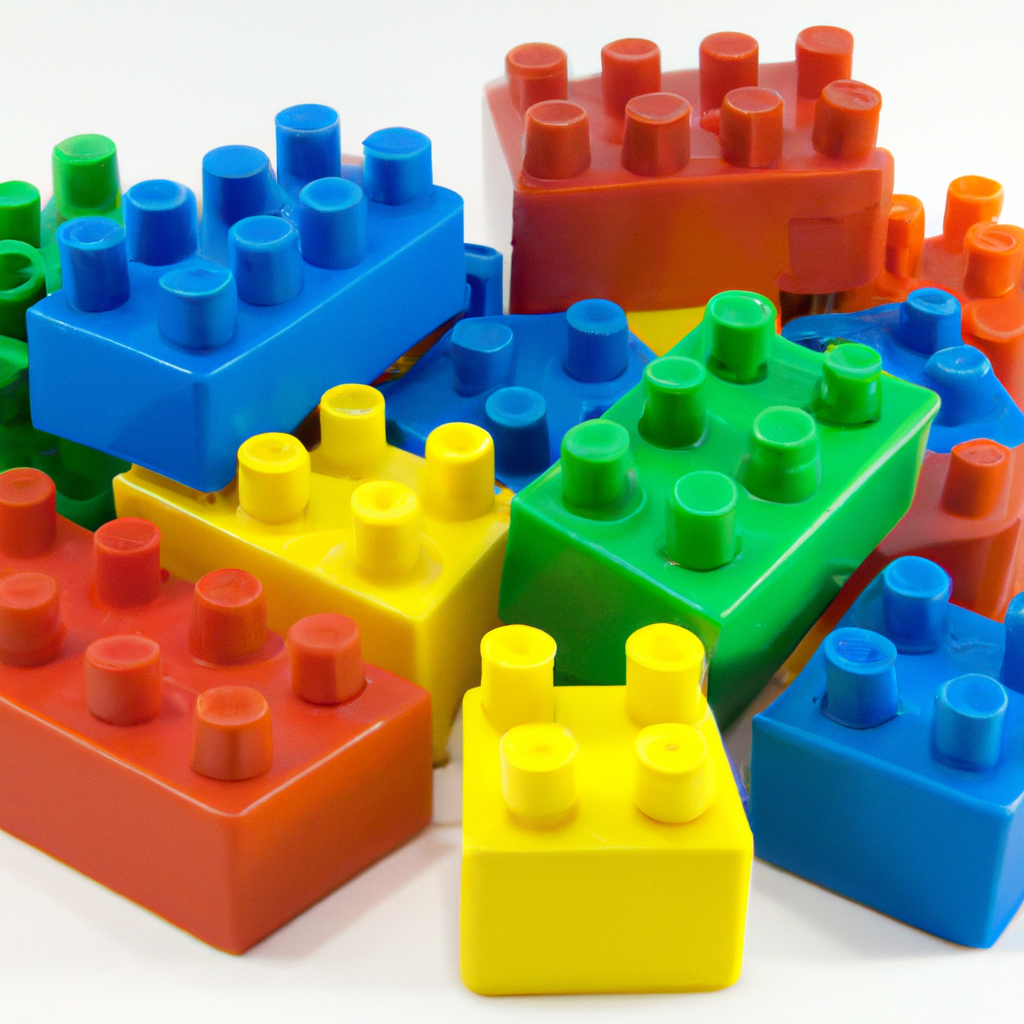
Step 5: Test - Evaluate Your Solution
The next step in the STEM project design process is testing your solution. This involves evaluating its effectiveness in solving the problem at hand and identifying any areas where improvements can be made. Develop a set of criteria or metrics that will help you assess the success of your solution, such as efficiency, cost-effectiveness, or environmental impact.
Conduct thorough tests and gather data on how well your solution meets these criteria. Be objective and honest in your evaluation – remember that identifying areas for improvement is just as important as celebrating successes.
If your tests reveal shortcomings in your solution, don't be discouraged. Instead, use this information to refine and improve your design in the next step of the process.
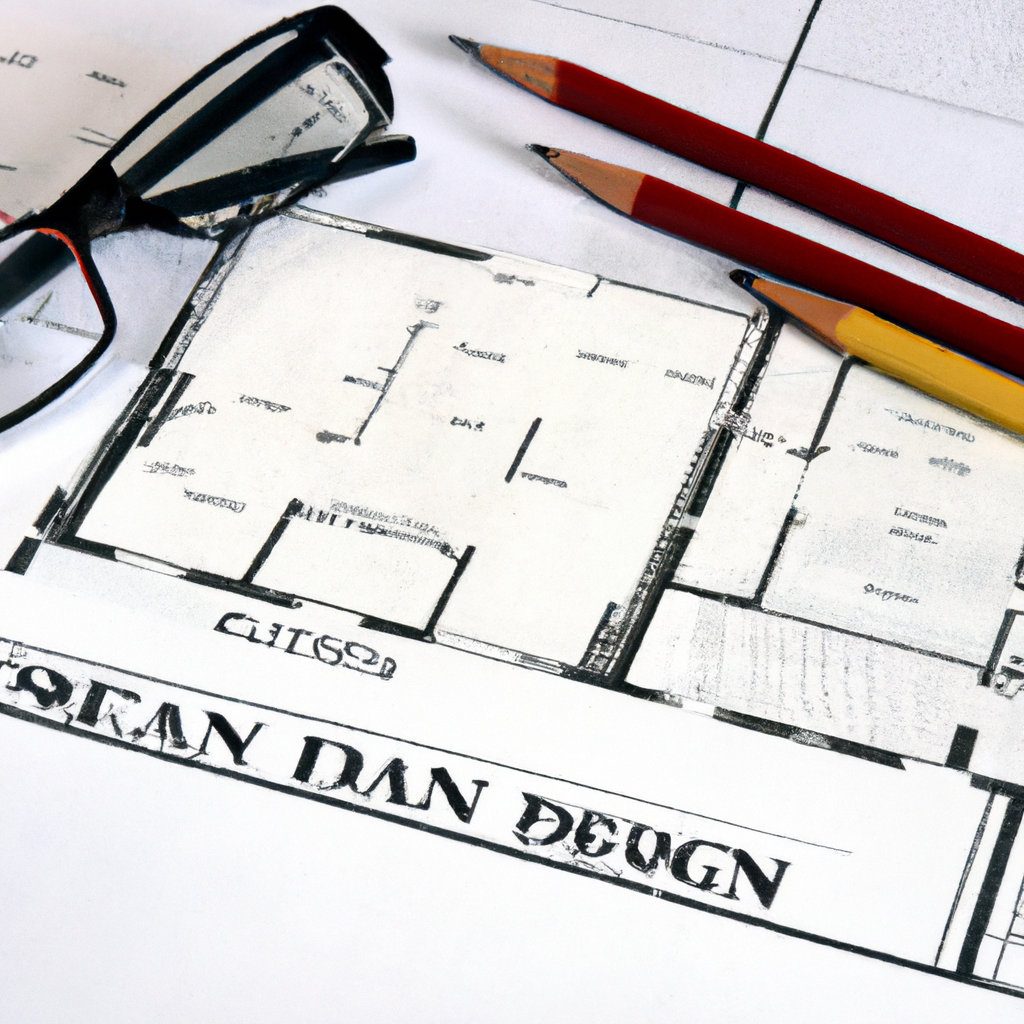
Step 6: Improve - Refine Your Solution
The final step in the STEM project design process is refining and improving your solution based on the results of your tests. Use the feedback and data you gathered during testing to identify areas where changes can be made to enhance the effectiveness of your solution. This may involve modifying existing components, adding new features, or even starting from scratch with a different approach.
As you make improvements, continue to test and evaluate your solution against your criteria for success. This iterative process helps ensure that your final product is as effective as possible in solving the problem at hand.
Once you are satisfied with your refined solution, it's time to share your project with others. Present your findings, document your process, and celebrate the hard work that went into creating an innovative STEM project!



